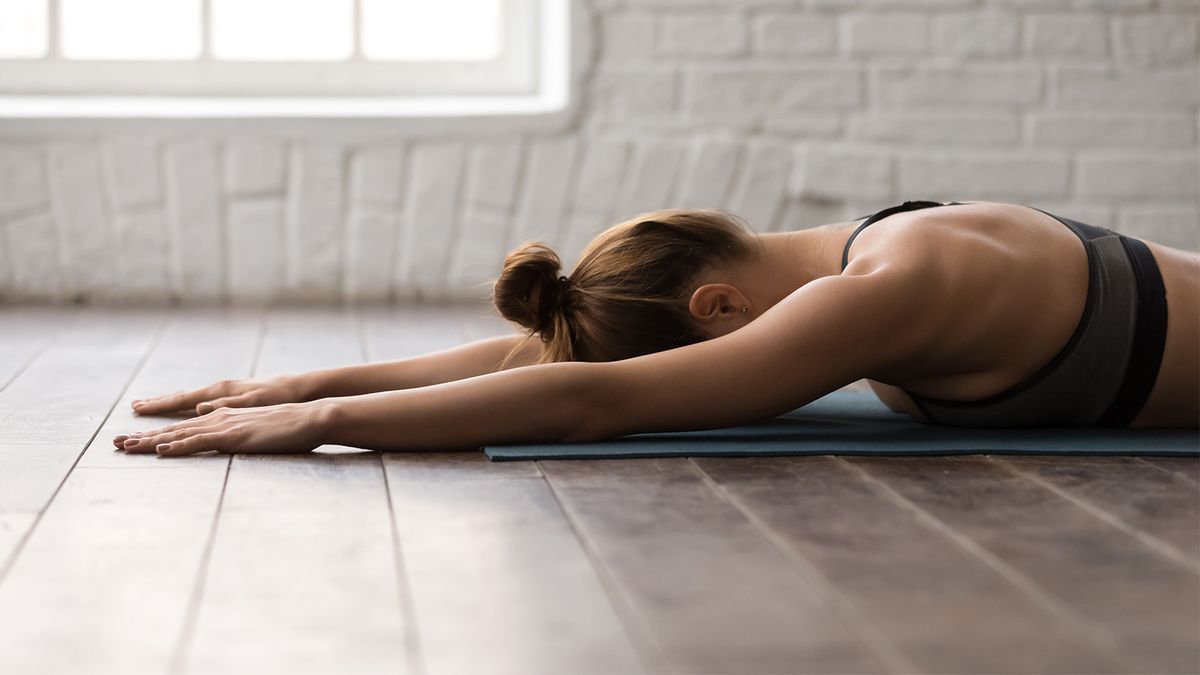In their latest advisory, the Ministry of Health and Family Welfare (MoHFW) shared a step-by-step guide to prone positioning, a medically accepted position that the government is advocating to improve breathing comfort and oxygenation, for self-care among COVID-19 patients. Many who are infected by the virus face challenges when blood oxygen level drops below the optimal level. This may cause symptoms like palpitations, confusion, shallow breathing and headaches. This guide describes proning as a process of turning a patient with precise, safe motions, from their back onto their abdomen (stomach) so the individual is lying face down. It improves ventilation and enables comfortable breathing.
Explaining it further, Dr Anita Mathew, infectious disease specialist at Fortis Hospital, Mulund, says, “Physical position affects the distribution and volume of air in the lungs and can have a direct effect on the expansion of the lungs to permit an exchange of oxygen and carbon dioxide in the blood.” This is usually used in the treatment for Acute Respiratory Distress Syndrome (ARDH), a condition that causes fluid to build up in our lungs so oxygen can’t reach our organs, the expert tells us.
Proning is being suggested for patients under home isolation. It is required only when he or she experiences difficulty in breathing and the SpO2 decreases below 94. The process involves use of five pillows and a flat surface to lie down, and it is best to not spend more than 30 minutes in each position. During home isolation, it is advised to regularly monitor SpO2 along with temperature, blood pressure and blood sugar. Proning must be avoided in conditions like pregnancy, deep venous thrombosis, major cardiac conditions, unstable spine, femur, or pelvic fractures.
Dos and don’ts when practicing proning
|
Amid the second wave of COVID-19 in India and the resultant oxygen crisis, a slew of Bollywood celebrities has been taking to social media to generate awareness regarding the ongoing pandemic, share resources and extend support via donations. On May 4, 2021, Shraddha Kapoor, Varun Dhawan and Nora Fatehi shared on Instagram, an infographic about the proning technique too. Each of their posts was accompanied by a detailed caption talking about the benefits of proning for COVID-19 patients. Check out the post here:
The technique comes at a time when the country is facing a massive shortage of oxygen. Apart from proning, the Health Ministry has also suggested deep breathing, taking in fresh air, pranayama (a yogic breathing exercise), eating iron-rich foods and drinking enough fluids, to improve oxygen levels while under home isolation.



